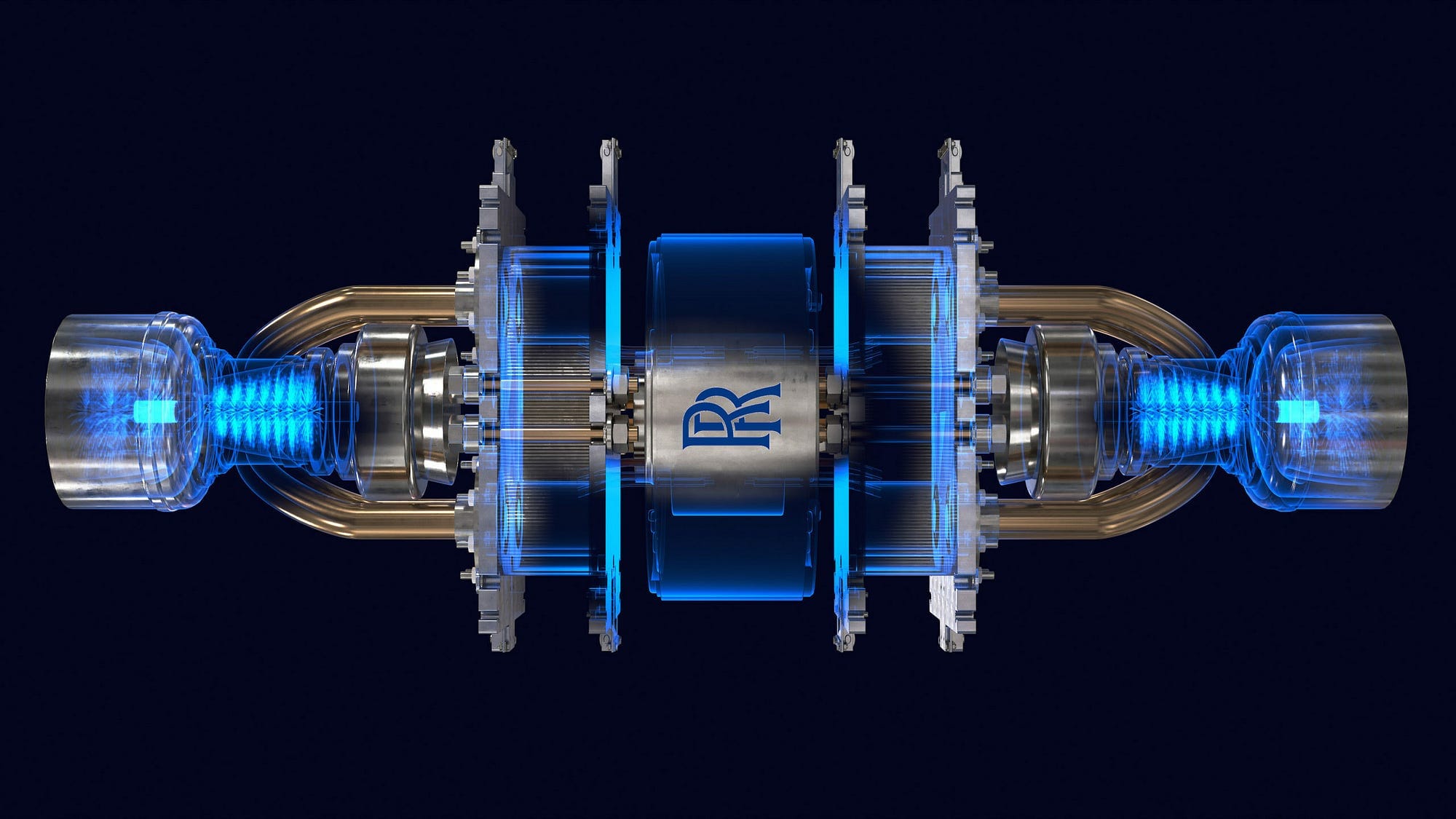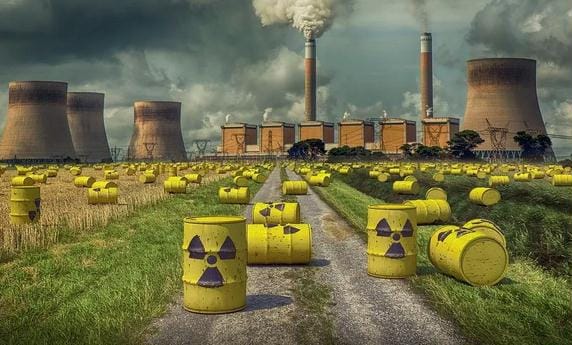The concept of an “unlimited battery“ powered by nuclear energy sounds like a science fiction dream come true. Imagine a battery that could last for decades, or even centuries, without needing to be recharged or replaced. This idea is not just a fantasy—scientists and engineers are actively working to make it a reality. Utilizing nuclear energy to create long-lasting batteries has the potential to revolutionize industries, improve technologies, and address the growing energy demands of our world.
Researchers in Nuclear-Powered Batteries…
Several research institutions and companies have begun exploring nuclear-powered batteries. One of the notable names is NDB (Nano Diamond Battery), a California-based company that is developing a type of battery powered by nuclear waste. Other organizations like NASA and major defense contractors have also been looking into nuclear battery technologies for specific applications, such as space exploration and military equipment. Moreover, institutions like the University of Bristol in the UK have been experimenting with using radioactive materials like carbon-14to create long-lasting energy sources. These innovations are driving the field forward and making nuclear batteries a viable option for future applications.

Technology Behind Nuclear Batteries
There are a few different types of nuclear batteries under development, each relying on different principles. The most promising ones include:
- Nuclear Diamond Batteries:
These are built from radioactive isotopes like carbon-14, which is commonly found in nuclear waste. The isotopes are encased in synthetic diamonds. As the isotopes decay, they release radiation, which the diamond material absorbs and converts into small amounts of electricity. While these batteries don’t produce high power, they last for thousands of years without needing to be recharged.
- Radioisotope Thermoelectric Generators (RTGs):
RTGs have been used for decades in space missions, such as on the Voyager spacecraft. They work by converting heat released from the radioactive decay of materials like plutonium-238 into electricity. RTGs are very reliable and have provided power for spacecraft for decades, though they are larger and more complex than nuclear diamond batteries.
- Micro Nuclear Reactors:
These small reactors are designed to provide continuous power for isolated or remote locations. When paired with advanced battery storage systems, they could provide a steady and reliable energy supply. Micro nuclear reactors are still in the experimental stage but hold potential for industrial and even grid-based applications. Rolls Royce car is using this feature.
Possibility of Unlimited Power
The idea of an unlimited battery comes from the fact that radioactive materials can take centuries to fully decay. For instance, a nuclear diamond battery could theoretically provide low levels of power for tens of thousands of years. This kind of technology could drastically change industries where battery replacement is difficult or impossible—such as deep-space missions, remote sensors, medical implants, and military equipment. However, it’s important to note that these batteries are not yet practical for high-power consumer electronics. They produce small amounts of power over long periods, so they are better suited for niche applications at the moment. Over time, advances in technology could lead to nuclear batteries with higher power outputs.
Benefits of Nuclear Batteries
- Longevity:
The biggest advantage of nuclear-powered batteries is their ability to last for extremely long periods without maintenance. This could drastically reduce the cost and hassle of battery replacement in critical applications. - Sustainability:
Some nuclear batteries, like those using carbon-14, are created from nuclear waste, giving a second life to hazardous materials that would otherwise be difficult to dispose of safely. This repurposing helps reduce nuclear waste and provides an eco-friendly alternative to conventional energy sources.
- Reliability:
Since nuclear batteries rely on radioactive decay, which is a steady and predictable process, these batteries can provide a constant and reliable power supply over long periods.
Disadvantages of Nuclear Batteries
- Low Power Output:
One of the main drawbacks of current nuclear batteries is their relatively low power output. While they can last for a very long time, they do not produce enough power for most high-demand applications like electric vehicles or smartphones. - Safety Concerns:
Although many nuclear battery designs are safe, the idea of using radioactive materials in consumer products raises concerns. Strict regulations would need to be in place to ensure that these materials are properly contained and do not pose any health or environmental risks. - Cost and Complexity:
The technology required to create nuclear batteries, especially those using radioactive materials, can be expensive and complex. This limits their accessibility and makes them less appealing for widespread consumer use, at least for now.
Nuclear Batteries in Our Future?
While the idea of an “unlimited battery” powered by nuclear energy is fascinating, some of that are developed. Nuclear batteries have shown incredible promise for niche applications, particularly in fields where long-lasting, maintenance-free power is essential, such as space exploration, remote sensors, and military equipment. However, widespread use of nuclear batteries in consumer electronics, electric vehicles, or household energy storage systemsis still a long way off. Advances in technology are needed to improve power output and address safety concerns before we see nuclear batteries in more everyday applications.
Ongoing Researches
Research into nuclear batteries is ongoing, with major strides being made in improving safety, efficiency, and scalability. For instance, the company NDB has made significant progress in creating diamond-based batteries using recycled nuclear waste. NASAcontinues to use RTGs in its space missions, while other companies and governments are exploring the potential of micro nuclear reactors for both energy production and storage.
Conclusion
The concept of an unlimited battery powered by nuclear energy holds great promise, but its widespread application is still in the future. The technology has the potential to revolutionize power generation for specific industries, particularly in situations where long-term reliability is crucial. While there are significant advantages, such as sustainability, longevity, and reliability, challenges like low power output, safety concerns, and cost must be addressed. As research continues, we may one day see nuclear batteries playing a crucial role in how we store and use energy, but for now, their use remains limited to specialized and cutting-edge applications.






Fantastic beat I would like to apprentice while you amend your web site how could i subscribe for a blog site The account helped me a acceptable deal I had been a little bit acquainted of this your broadcast offered bright clear concept
it’s my pleasure.